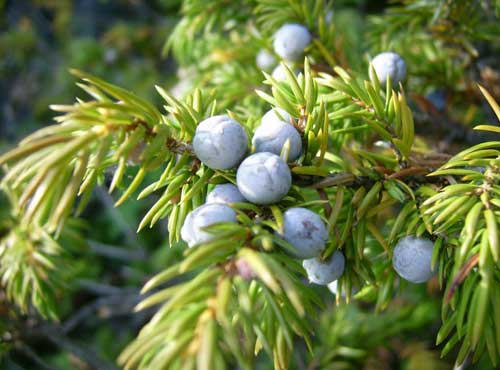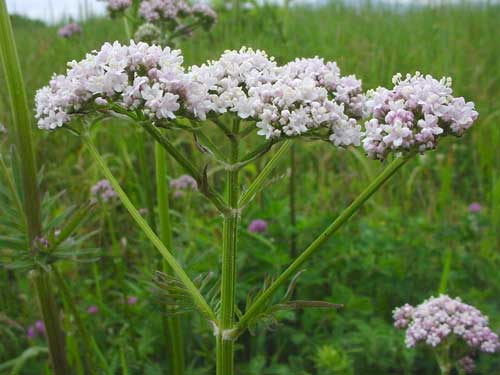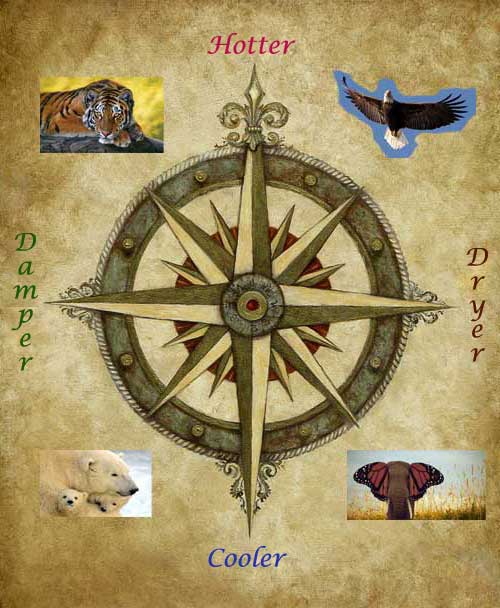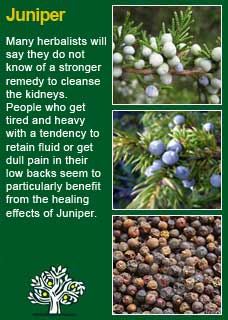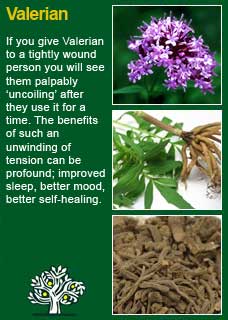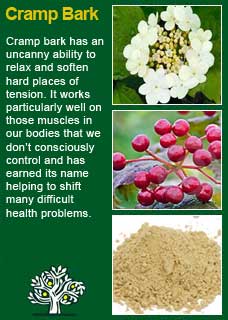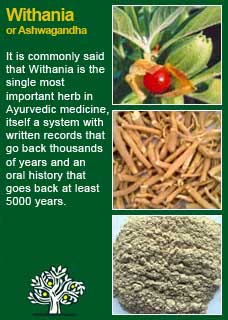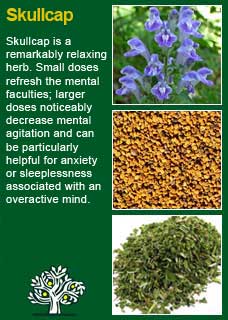
|
|
|
||
| Our Pages ABOUT CONSTITUTIONAL MEDICINE
|
Note that if you would better describe your altered nerve sensation as one of numbness or loss of feeling rather than pain, that there is a different article on this site that may be of more practical help, it's here
Physical pressure on the nerves is such a common cause of nerve pain that it almost should be assumed to be a primary issue unless there is evidence to the contrary. Classical pinched nerve conditions like carpal tunnel or ‘wry neck’ are well known examples but this can equally be the core issue in lumbago, sciatica, and many other types of neuralgias. Releasing physical pressure on the nerves will usually help, and there are two methods that are usually reliable to achieve this:
To explain why you should use heat in the first place, something must be said about the widely-misunderstood subject of inflammation. The word 'inflammation' literally means 'a fire within', it is an excess of heat and of course such a thing can be extremely challenging because it looks and feels bad, it hurts! Of course, anyone would want to reduce that heat, that inflammation, as quickly as possible, so why would we possibly want to increase the heat? It is vital to understand that Nature does things for a reason and that inflammation is one of its essential methods whereby damaged or diseased tissue is able to be broken down and removed before new and healthy tissue can replace it. Everyone has some degree of inflammation happening in their body all the time because we are constantly wearing down and renewing our body tissues. When we briefly bring extra heat to an already inflamed and swollen area, we are helping the body to achieve what it was already trying to do. Yes, the heat will temporarily add to the inflammation but only very briefly, because we then follow it with the cooling phase of the treatment. How to best apply the heat depends on the affected body part. Wheat bags or hot water bottles are excellent, as is soaking in hot water, as is using a hot compress whereby a towel is soaked in hot water and applied to the area with another towel over the top of it. The main point is to get enough heat to the affected area that you can actually feel it penetrating in and getting the blood moving. Once you feel the affected area has become well and truly hot, you then swing to the other side of the treatment and rapidly cool the area. How to best apply the cold again depends on the affected part. Ice-packs might be perfect, as could be soaking in a bucket or basin with ice water (this will not hurt after the heating stage), or it may be best to use a cold compress, made by soaking a towel or cloth in icy water and applying it 'wringing wet' to the affected area with a towel over the top of it. If a compress is being used, and a longer treatment is needed but the first one has warmed up too much to be useful. then be prepared to replace the first compress with a freshly soaked and lightly wrung-out second cloth. In any case, the cold should penetrate enough for there to be a significant amount of numbness and a substantially reduced amount of inflammation. If things are bad, or if the problem is quite long-standing, you should repeat the whole process of heating up and cooling down a 2nd time whereby you do another whole heating application before finishing with the cooling off. Rather like how it is helpful to rinse a dirty dish after firstly giving it a scrub, the second wave of heating + cooling helps to further flush away the metabolites and by-products of inflammation and so further relieve the pressure on the nerves. How often this heating and cooling therapy should be repeated must be dictated by the urgency and severity of the condition. This is not a treatment that carries any risk of harm from over-use. Listen to your body and your instincts for how long to sustain this approach and how often to do the treatment.
The name that such a person gives their method (e.g. chiropractic, osteopathic, neuromuscular therapist, massage therapist) is of secondary importance, what matters is that they are good at what they do and will do their best to help. The link at the top on how to find a good herbalist may equally apply in this area.
A consistent practice throughout all the old systems of medicine has been to recognise when a person with a chronic health problem needs to do some internal cleansing. An accumulation of toxicity in the tissues can be a major contributor to nerve pain so, if you have any reason to believe that your system may need cleansing, whether from an intuitive sense or any kind of history of poor skin, bowel or kidney health, then taking certain herbs and eating a cleansing diet may be an essential part of getting well. If this is an area you need to work on then read here
Anyone that has had any kind of nerve pain for any length of time should consider using herbal medicines to both relax and nourish their nerves. These are nothing like anti-depressants or nerve-blocking agents such as are used by conventional medicines for neuralgic pain. They will not be mind-altering, or addictive, nor will they have side effects, or leave a person with dulled sensibilities. What follows is just one example of how we might combine some of these herbs in a formula
This would make 540mls, which would just fit into a 500ml amber pharm round. Bearing in mind that we make our own tinctures from organic dried material, so a different preparation from a different company or practitioner might need more or less for an equivalent dose. I would use anything from 3-4mls up to 10mls of this mixture, or one like it, for severe or chronic pain. The best dose is the amount that the person can palpably feel relaxing them and making them feel more comfortable. More is not better once you get to that point, and it may in fact be less helpful. It is not a drug-like, pain-blocking action we are getting from these herbs. If the pain is bad and the need was great then I would start using a modest dose, e.g. 3 or 4mls of the tincture, encouraging the person to feel its relaxing action and to wait for a good 1-2 hours to assess if it was making an obvious difference. Frequency is just about as important as finding the right dose. Generally, you will encourage a person to use it quite freely at first, every 3 or 4 hours, i.e. 4 or 5 times a day and then, once things have improved, to reduce the dose, or the frequency, as they wish. People don't want to have to take a lot of medicine, once they are feeling better they will naturally drop it to 3, then 2 times, then just once a day. The best sign of success is that they then simply forget to use it! None of these herbs will have adverse side effects, none are addictive or habit forming. The person will have no trouble to stop using the medicine when they don't need it. The Licorice root is there to bind the herbs together and make it more palatable. Peppermint could be used instead if the person had an aversion to Licorice.
Valerian can be especially helpful for relaxing the nerves and reducing some of the anxiety that often accompanies any kind of chronic pain in the nerves, more about it here Cramp bark can combine particularly well with Valerian when a strong physical action on tight, tense nerves is required, more here
This last part can be hard for a person to contemplate, let alone grasp, hence the handful of practical suggestions earlier to at least first try to find something that legitimately helps relieve the pain! Sometimes, nerve pain is so stuck that no matter what you do or how many drugs you take to reduce it, there is an awful realisation that gradually cements itself that it is not going to go away. When that is the case, there is one thing, and only one thing, that I honestly trust can help, because I've seen it work. I don't want to write a lot about it here because it will sound so counter-intuitive and, for most of us, the best way to learn is by doing. Therefore, I am going to recommend you to listen and practice an exercise that you can find on a page in this website where there is a commentary called relaxation for pain. It follows the principle whereby you relieve pain by relaxing into the sensation rather than trying to get away from it. It's hard to do, at least at first, but it works, you can find it here
Finally, you might benefit from learning about your constitution to know what kind of foods, herbs, exercises etc. will work especially well for your health in general. Constitutional health is an old and fascinating way of understanding our differences. There's a brief introduction here and a more detailed section on working out which constitution you are here
Please understand that I cannot personally advise you without seeing you in my clinic. |
|
|
© 2011 R.J.Whelan Ltd



